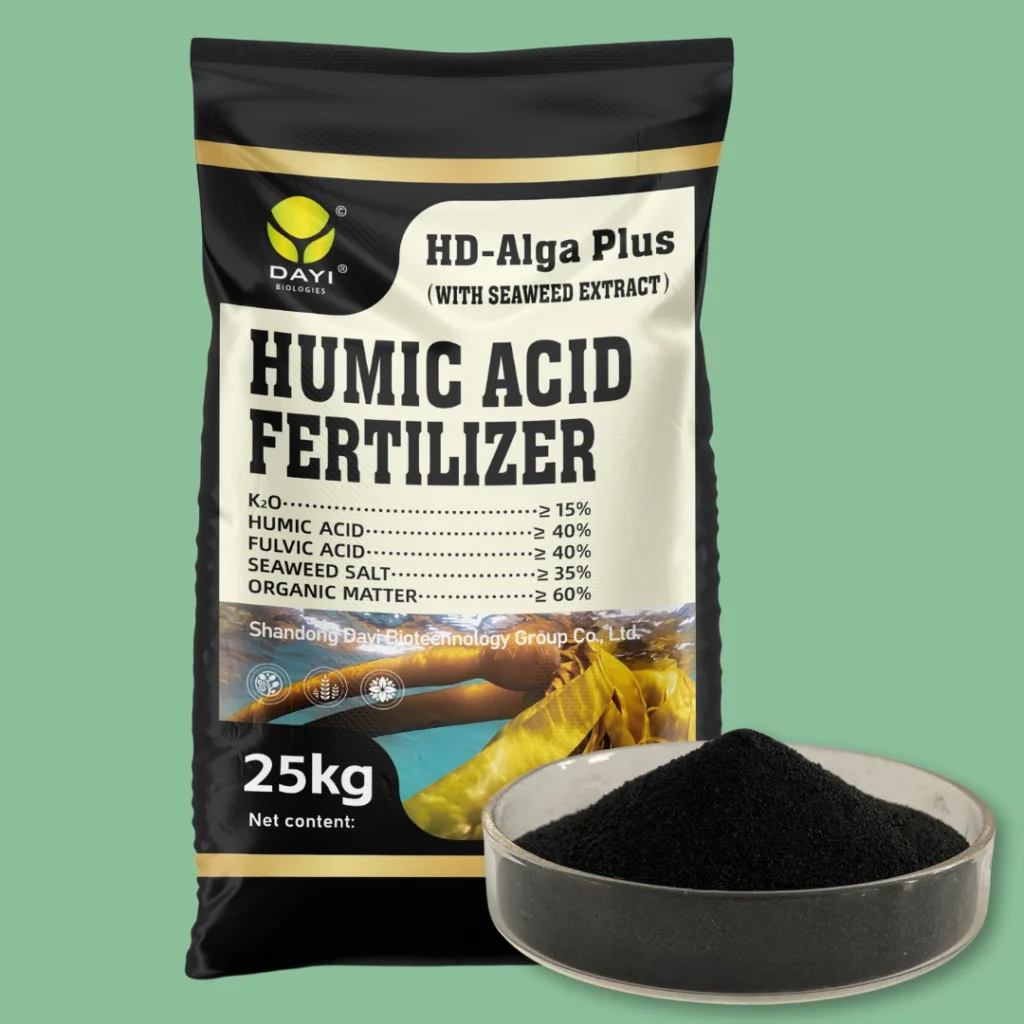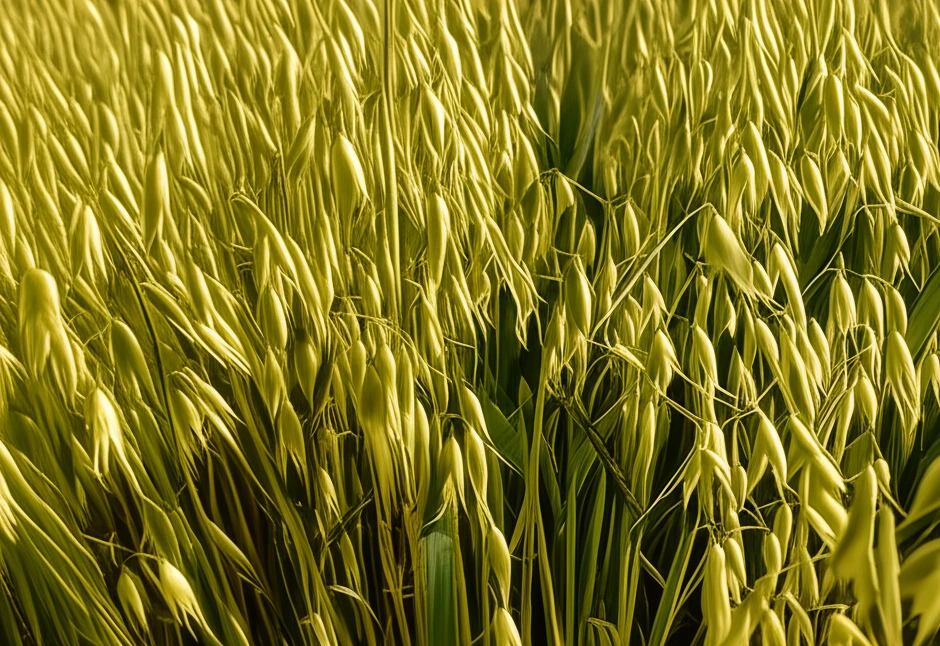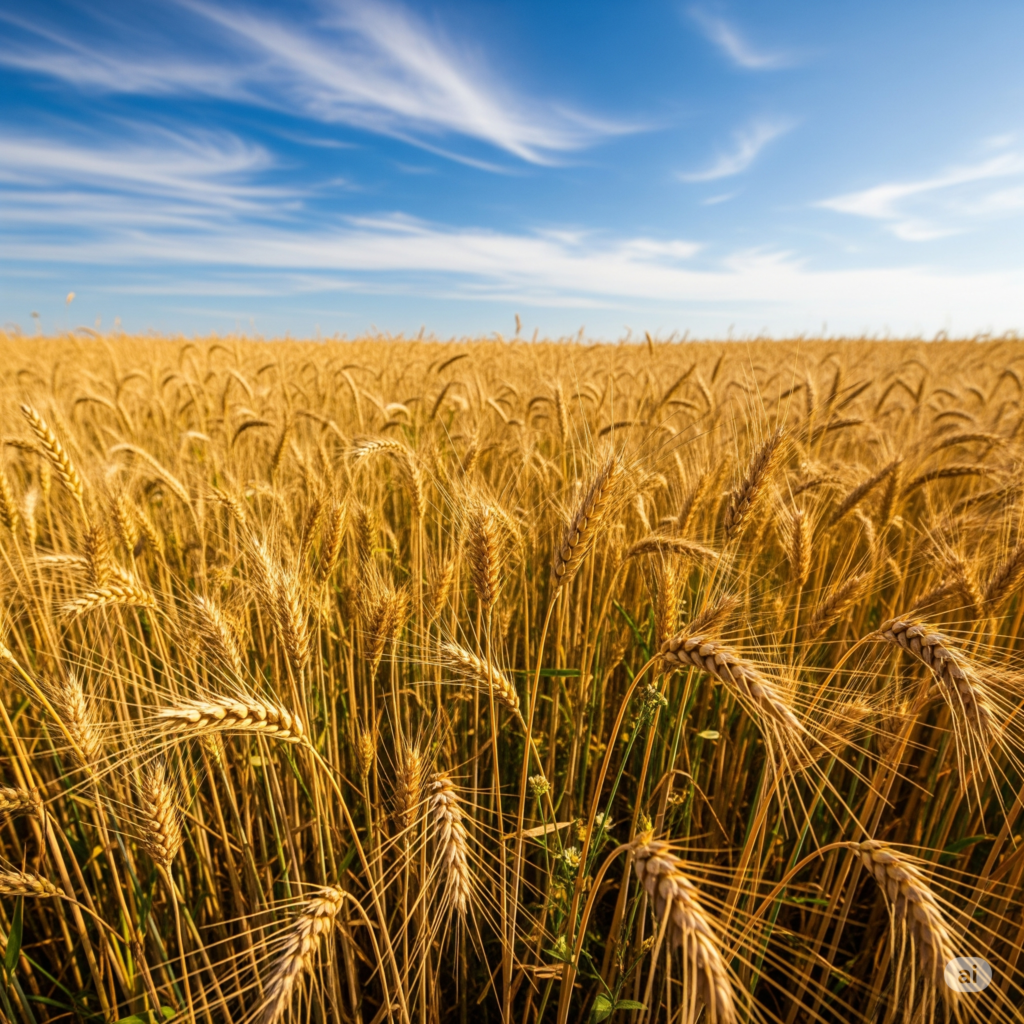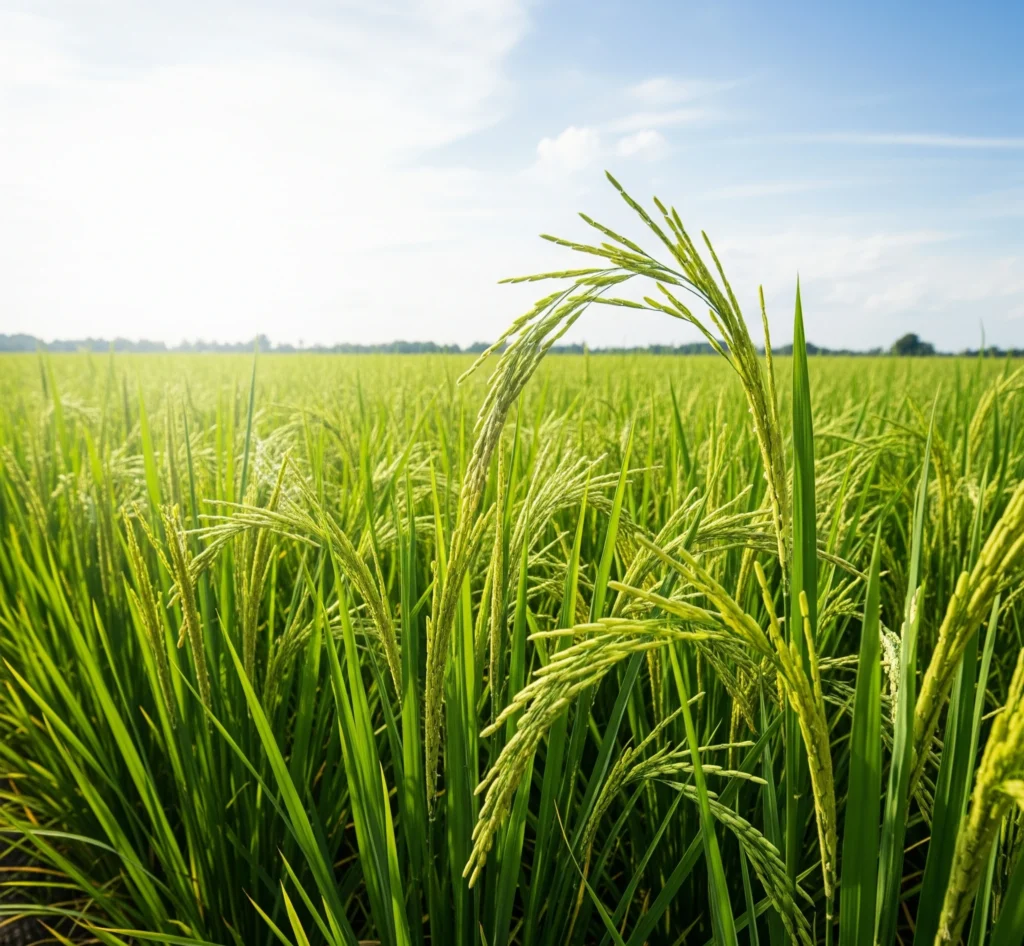Barley, one of the oldest cultivated grains, holds a significant place in agriculture worldwide. Known for its remarkable adaptability and versatility, it serves numerous purposes from animal feed and malting for beverages to a healthy staple in human diets and even as a valuable forage crop. Achieving robust and productive barley harvests is vital for various industries and sustainable food systems. This guide will provide essential insights into successful barley cultivation, covering optimal conditions, protective measures, general care, and how advanced nutrition can profoundly enhance its growth and yield.
Understanding Barley: An Ancient and Versatile Grain
Barley (Hordeum vulgare) is a resilient cereal grain that can thrive in a wider range of climates than many other cereals, including drier and colder conditions. It’s broadly classified by its row type on the head:
- Two-row Barley: Generally lower protein, higher starch, and preferred for malting due to more uniform kernel size and enzyme content.
- Six-row Barley: Higher protein, lower starch, often used for animal feed or food products. Like wheat, barley also comes in winter (planted in fall) and spring (planted in spring) varieties, adapting to different regional climates.
Cultivation Essentials: Laying the Foundation for Success
- Best Planting Time:
- Winter Barley: Typically planted in late summer to early fall (September to October) in the Northern Hemisphere. This allows the plants to establish before winter and undergo vernalization (a cold period necessary for flowering).
- Spring Barley: Should be planted as early as possible in spring (March to April), as soon as the soil is workable. Early planting for spring barley is crucial to ensure it matures before high summer temperatures, which can negatively impact grain fill and quality.
- Suitable Soil and Weather Conditions:
- Soil: Barley is highly adaptable to various soil types, from sandy loams to heavier clays, but it prefers well-drained, fertile loams. It’s known for its tolerance to slightly saline or alkaline soils, making it suitable for regions where other crops might struggle. An optimal soil pH range is generally 6.0 to 8.0. Good drainage is especially important as barley is sensitive to waterlogging.
- Weather:
- Barley is a cool-season crop, performing best in regions with cool to moderate temperatures during its growth cycle.
- It exhibits good cold tolerance, particularly winter varieties.
- Ideal temperatures for vegetative growth and grain fill are generally between 15∘C to 25∘C (59-77°F).
- It requires a frost-free period of approximately 90 to 110 days, depending on the variety. High temperatures during flowering and grain development can reduce yields and quality.
- General Precautions for Healthy Growth:
- Avoid Waterlogging: Ensure proper field drainage, as barley does not tolerate saturated soil conditions well.
- Seeding Depth: Plant seeds at the correct depth to ensure uniform emergence and strong stand establishment.
- Nutrient Management: While responsive to nitrogen, barley generally requires less than wheat or corn. Avoid excessive nitrogen, which can lead to lodging.
- Disease Awareness: Be proactive in monitoring for common barley diseases, as they can spread rapidly and cause significant losses.
Protecting Your Barley: Threats and Strategies
Barley crops can be affected by various pests and diseases. An integrated pest and disease management approach is key to safeguarding your harvest.
- Pests:
- Cereal Leaf Beetle: Larvae and adults feed on leaves, reducing photosynthetic area.
- Aphids: Can cause direct damage by feeding on sap and transmit viruses, notably Barley Yellow Dwarf Virus.
- Armyworms: Can defoliate plants, especially during outbreaks.
- Protection: Use resistant barley varieties where available, implement cultural practices like proper planting dates, encourage natural predators, and apply targeted insecticides only when scouting indicates economic thresholds have been reached.
- Diseases (Primarily Fungal):
- Net Blotch: Causes net-like patterns on leaves.
- Scald: Irregular, grayish-brown lesions with dark borders.
- Powdery Mildew: White, powdery fungal growth on leaves.
- Rusts (Leaf, Stem): Can reduce yields significantly.
- Fusarium Head Blight (Scab): Affects grain quality and safety, similar to wheat.
- Protection: Plant disease-resistant varieties, apply fungicidal seed treatments, practice crop rotation, manage crop residue effectively, and use foliar fungicides preventatively or at early signs of infection.
- Viral Diseases:
- Barley Yellow Dwarf Virus (BYDV): Transmitted by aphids, causing yellowing, reddening, and stunting.
- Protection: Plant BYDV-resistant varieties, control aphid populations, and eliminate volunteer cereal plants that can act as virus reservoirs.
General Care for Thriving Barley
- Nutrient Management: Perform soil tests to determine the precise nutrient requirements for your barley crop. Ensure balanced application of Nitrogen (N), Phosphorus (P), and Potassium (K). Nitrogen is critical for yield, but apply it judiciously in split doses to avoid lodging. Micronutrients like copper and manganese can also be important.
- Water Management: While relatively drought-tolerant, barley benefits from consistent moisture, especially during critical growth stages such as tillering, heading, and grain fill. However, it is highly sensitive to waterlogging, so ensuring good drainage is crucial.
- Weed Control: Effective weed management is vital as weeds compete with barley for essential resources. Implement an integrated weed management strategy that includes cultural methods (e.g., proper seeding rates, competitive varieties), mechanical cultivation, and selective herbicide application.
- Monitoring: Regular field inspections are essential for early detection of nutrient deficiencies, pest infestations, or disease outbreaks. Prompt identification allows for timely and effective intervention, preventing widespread issues.
- Harvesting: Harvest barley when the grain reaches its optimal moisture content (typically 13-14%) and is hard and dry. Timely harvest minimizes losses from shattering and ensures grain quality for its intended use (feed, malting, or food).
Best Countries for Barley Cultivation: Barley is a major crop in many parts of the world. Leading producers include:
- Russia
- France
- Germany
- Australia
- Ukraine
- Canada
- Spain
- Turkey
- United Kingdom
- United States
Dayi’s Solution: Optimizing Barley Nutrition with Humic Acid + Seaweed Extract
At Shandong Dayi Biotechnology Group Co., Ltd., we are committed to enhancing the productivity and resilience of barley crops. Our Humic Acid Fertilizer (With Seaweed Extract) provides a powerful nutritional boost that directly addresses barley’s needs. The humic acid component significantly improves soil health, enhancing its structure, aeration, and drainage—crucial for barley’s sensitivity to waterlogging. It also boosts the soil’s capacity to retain and release nutrients, promoting a vigorous root system and optimizing nutrient uptake by the barley plants. Complementing this, the seaweed extract delivers a rich array of natural plant growth stimulants, essential trace minerals, and amino acids. These bioactive compounds bolster the barley plant’s natural defenses, increasing its tolerance to environmental stresses such as cold, drought, and salinity, while also promoting robust tillering and uniform head development. The synergistic action of these ingredients ensures that barley plants develop into stronger, healthier crops, utilize nutrients and water more efficiently, and exhibit enhanced resilience, ultimately leading to higher, more uniform yields and superior grain quality.
Leveraging our advanced “Microbial+” technology and unwavering commitment to sustainable solutions, Shandong Dayi Biotechnology Group Co., Ltd. is at the forefront of innovation in plant protection, empowering farmers to achieve more bountiful and healthy harvests.




